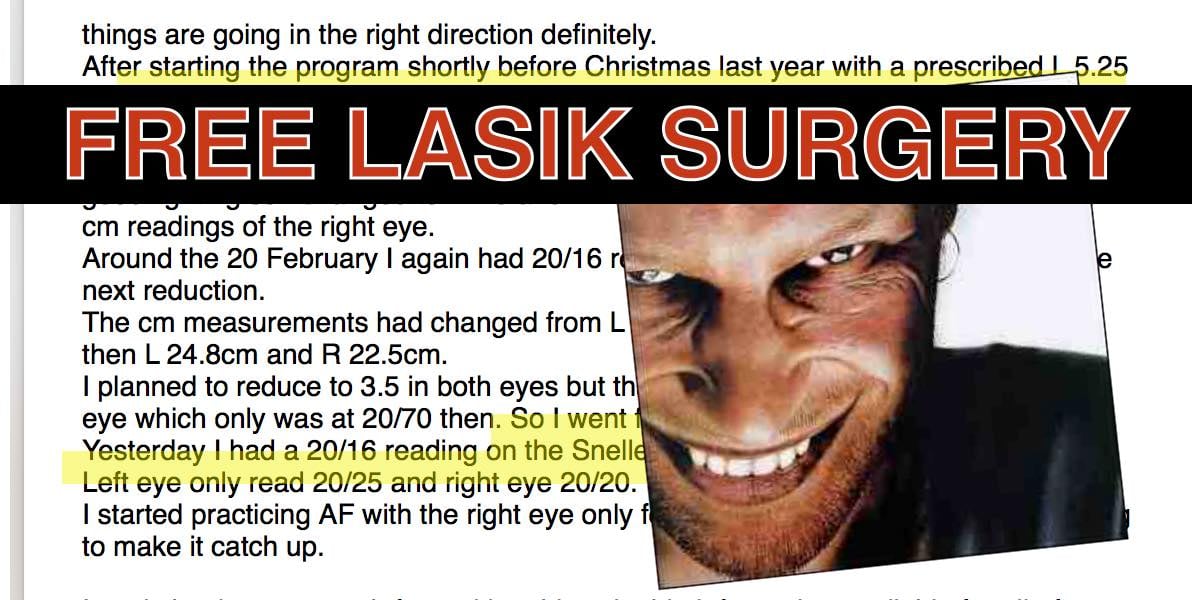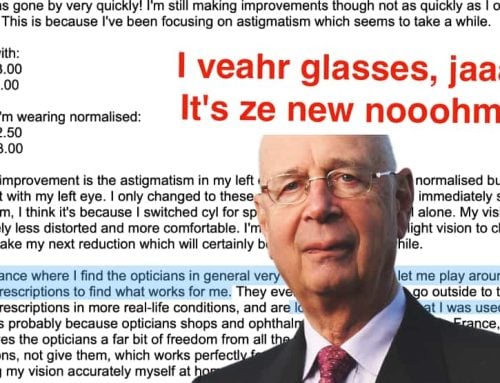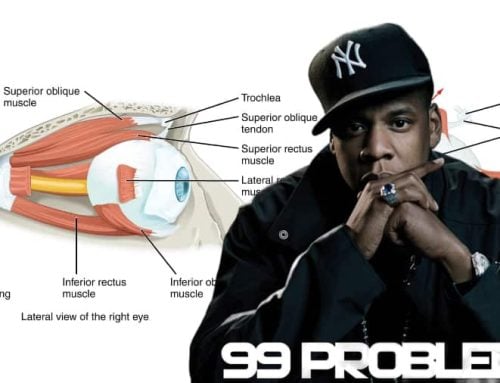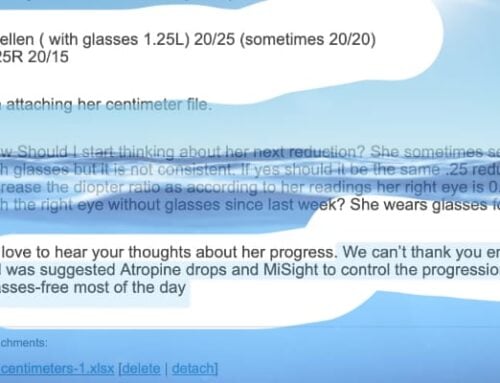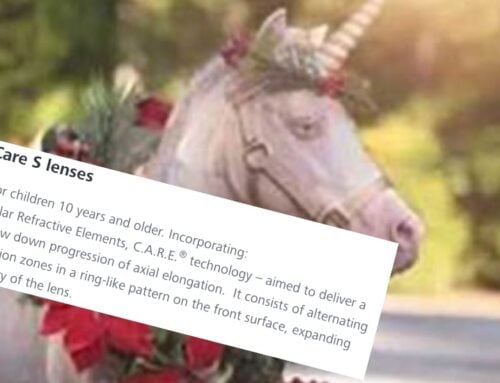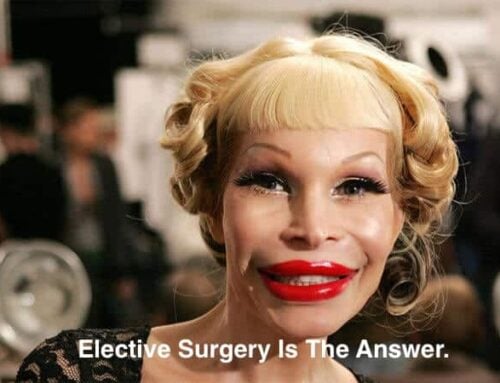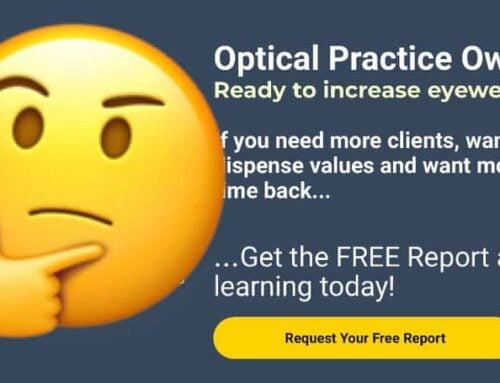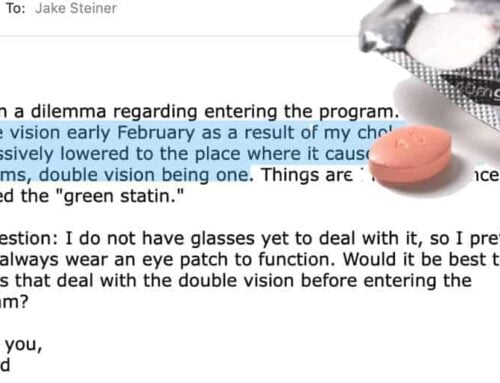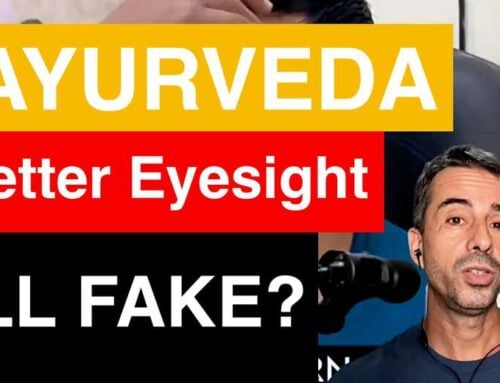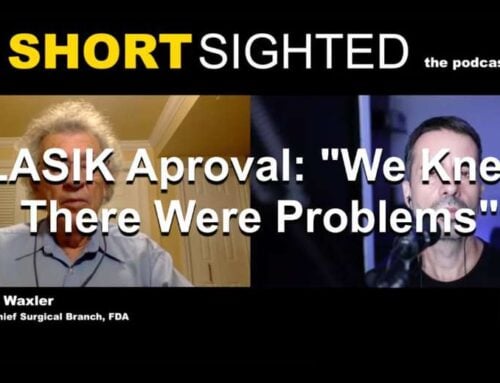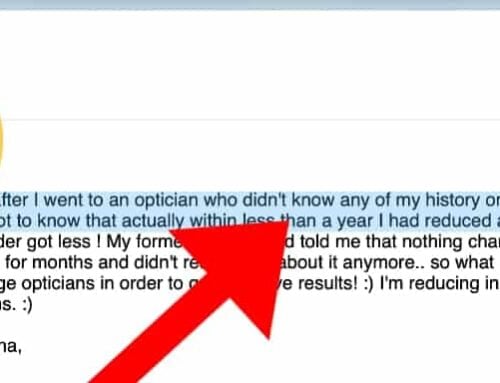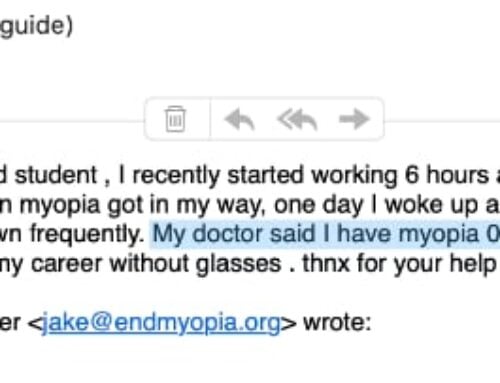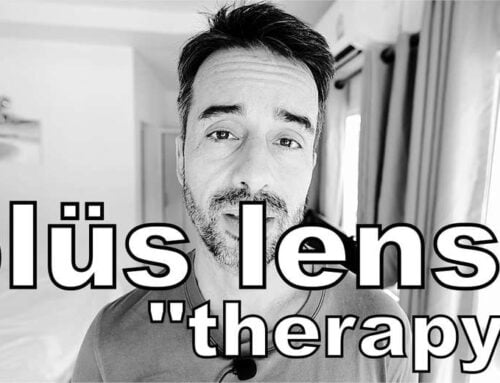Got an interesting e-mail from a darling reader. Free LASIK surgery offer from his insurance company.
Isn’t that swell?
Ask yourself this: When’s the last time an insurance company has literally contacted *you* offering to pay for things? If there ever was a red flag too red to even joke about, this pretty much would have to be it.
“Well hello there Mr. Joe, it’s your insurance company. We want to let you know that if you want this procedure done, we’ll totally pay for it.”
Before I tell you the scheme with this ‘free LASIK deal’ here, let’s look at Tim’s e-mail:
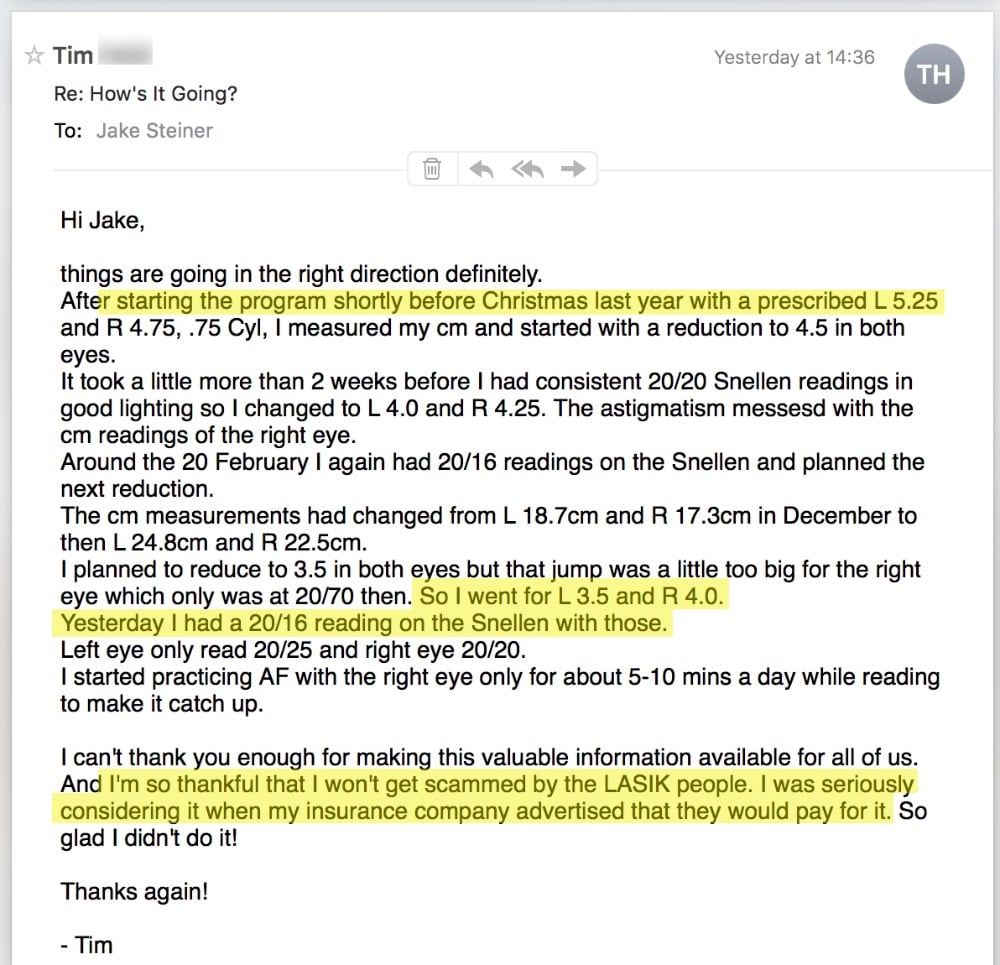
DIY seems to work just fine.
Tim’s down from a -5.25 (left eye) to -3.50 and reading 20/16 with it.
No. Surgery. Already reduced his myopia notable.
Meanwhile free LASIK isn’t really free at all.
Free LASIK Surgery Has A Price
Of course you hopefully already know that LASIK is dangerous as hell. The risk of side effects is serious. There is a whole site with so many LASIK horror stories that you’d be nuts to go have your eyes butchered. If you spend more than a few minutes on Google looking for LASIK side effects, you’ll hopefully realize that the promise of no-consequences, quick fix surgery are probably a pipe dream.
In fact, even here we’ve written plenty about the dangers of LASIK. That post is just one of dozens in a whole category just on the topic of laser eye surgery.
So why would Tim be offered free surgery?
First of all, laser eye surgery is a 2 billion dollar a year business. In 2000, the New York Times described LASIK as a “turf war”, with providers fighting to grab market share and profits. The market is expected to grow to 3.69 billion dollars a year by 2020. That’s well over 40% more procedures, potentially.
And here’s where things get interesting.
Free LASIK Is A Promotional Gambit
LASIK is a business. It exists to make profit.
According to Review of Ophthalmology, an industry journal, “many surgeons get into LASIK because of declining reimbursement for cataract surgery”.
That’s right. Gotta get that sweet sweet money somewhere.
Here’s what the journal states, under ‘costs to watch’:
Patient acquisition (advertising, seminars, staff who field calls, comanagement fees): $15,000-$20,000/year and higher (or $10,000-$15,000 if the practice just relies on patients coming through the door and maybe a database mailing once a year), depending upon how much advertising you do and how much it costs to advertise in your particular market.
Patient acquisition is a major cost factor. How do you drop that cost lower?
Here’s what Review Of Ophthalmology suggests:
You might have 30-50 percent of patients who come in from word of mouth,” says Ms. Austin. “So, after you’ve spent x amount of dollars in marketing costs per procedure, you may have a number of patients for whom the acquisition cost is much lower, because they were just referred to you by a friend.” If a large portion of your patients are coming from word of mouth, then, you may be able to shave off some dollars from your per-procedure cost by scaling back on ads.
There you go.
Now, how much does the actual surgery cost, that the insurance company offers to Tim “for free”?
The cost for the surgery (the laser, royalty fee, keratome, blades, surgical staff, intraoperative kits, facility fee): $190-$290/procedure for laser and maintenance; around $145 (Visx custom procedure royalty) or $250 (Alcon and Bausch & Lomb custom royalty) per procedure
Ah look at that. It’s a few hundred bucks for Tim to sit on the chair and get it done.
Meanwhile the potential that Tim will like the short term outcomes are fairly high, and the chance that he’ll recommend friends and family to the same practice with it. The name of the game is cutting customer acquisition costs and at a few hundred dollars that may be quite worth it.
How much does the doctor charge at retail for the procedure?
I charge $2,850 per eye for custom LASIK
Look at that. Things start adding up.
You’ve got a ‘wholesale’ cost of a few hundred dollars, a retail cost of several thousand dollars. Customer acquisition cost is high, competition is fierce. Word of mouth is the best way to get new customers. Ergo, you give away a free procedure, get yourself more retail customers.
And yes. The cost to run a LASIK practice is high. Read the full article for all costs. Realize though that the actual chair time isn’t a high expense, so getting somebody a free procedure in exchange for potential word of mouth is a highly viable business strategy.
Take this from an eye guru who for a living looks at businesses, profits, and viability.
Free LASIK Or Free Actual Better Eyesight
We talk a lot about what Tim is doing, actually improving his eyesight instead of electing for a potentially risky surgical procedure.
Changing your refractive state on your own takes time and dedication. It’s a slow process, taking potentially years to get you back to 20/20 on your own. Even though thousands of people do it, it’s certainly not medicine or a medical procedure at all. Like we often say here, myopia isn’t an illness. Treating it like one, figuratively and literally, may cost you a lot more than a quick surgery in the long run.
Caveat emptor, kittehs.
Cheers,
-Jake

